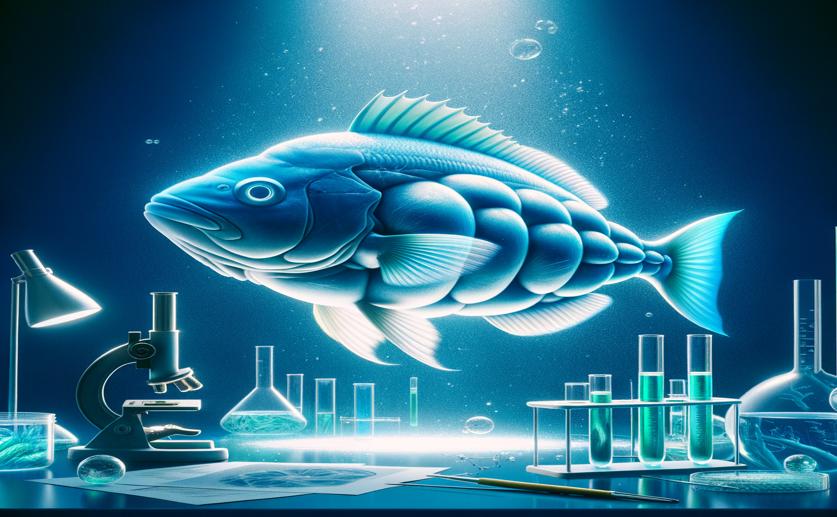
Understanding Muscle Growth in Hybrid Fish Using Advanced Biological Techniques
Jenn Hoskins
11th June, 2024

Image Source: Natural Science News, 2024
Key Findings
- The study by North Carolina State University focused on hybrid striped bass to understand growth differences
- Larger fish had more small muscle fibers, while smaller fish had fewer, larger fibers
- Specific metabolites and genes were identified as significantly different between larger and smaller fish, suggesting certain metabolic pathways and genetic expressions are more active in larger fish
References
Main Study
1) Combinatorial metabolomic and transcriptomic analysis of muscle growth in hybrid striped bass (female white bass Morone chrysops x male striped bass M. saxatilis)
Published 10th June, 2024
https://doi.org/10.1186/s12864-024-10325-y
Related Studies
2) Growth and the regulation of myotomal muscle mass in teleost fish.
3) Freshwater environment affects growth rate and muscle fibre recruitment in seawater stages of Atlantic salmon (Salmo salar L.).
Journal: The Journal of experimental biology, Issue: Vol 206, Issue Pt 8, Apr 2003
4) Tissue-specific stem cells: lessons from the skeletal muscle satellite cell.



 30th May, 2024 | Jim Crocker
30th May, 2024 | Jim Crocker